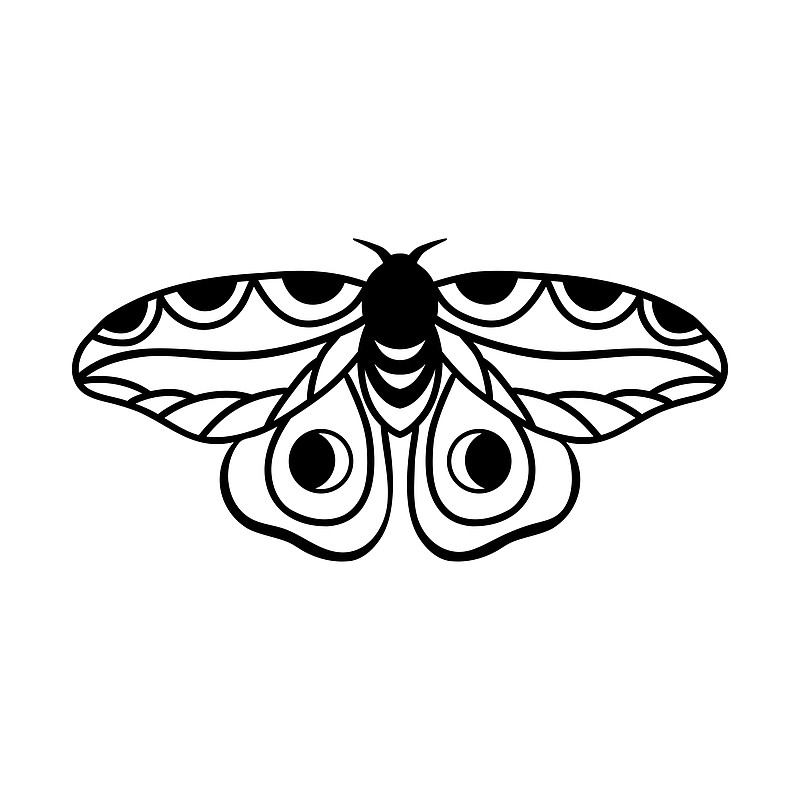Customs agents at Detroit Metropolitan Airport who were checking the baggage of a passenger traveling from the Philippines found something just around half an inch in size that piqued their interest.
The objects in question -- the larvae and pupae of an unidentifiable insect -- were inside seed pods that the passenger said were intended for medicinal tea. Later, scientific tests showed that the agents had homed in on a potentially grave threat to the nation's agriculture and natural habitats.
U.S. Customs and Border Protection announced May 16 that the pupae had hatched a species of moth whose last recorded sighting by scientists occurred in 1912 in Sri Lanka. Experts confirmed that such nonnative insects had the potential to defoliate forests and feast on or contaminate crops.
The moths, whose black-and-gold-dotted wings resemble a cloudy predawn sky, were discovered in September and looked to be a member of the moth family Pyralidae, the customs officials said. To determine their exact species, authorities sent the specimens to M. Alma Solis, a moth specialist at the Agriculture Department.
Solis said in a telephone interview that she received a FedEx package April 19 containing a box with one adult moth and vials with caterpillars and pupae.
"I did my Ph.D. on this subfamily; I'm a world expert," she said. "I can identify something to subfamily almost immediately. Then it's a matter of knowing the literature."
Solis said she is one of four moth research specialists working full time for the U.S. government who are capable of identifying rare or little-known species that arrive at the nation's borders.
In addition to these specialists, there are also agricultural inspectors at ports who are able to recognize potential threats.
"They're looking at species coming in from all over the world, of many different organisms, and they're called upon to send it to the right specialist," Solis said. "It's just amazing what they find, in my opinion."
It was unlikely that the moths were smuggled into the country, according to two experts: Jason Dombroskie, a lepidopterist at the Insect Diagnostic Lab at Cornell, who specializes in identifying moth species; and David Moskowitz, an entomologist and environmental consultant. Dombroskie and Moskowitz said that the species was too obscure to possess the medicinal or aesthetic value that motivates smugglers.
But both experts emphasized the danger that the species might have posed, given the destructiveness of other nonnative insects.
For example, the spongy moth (until recently known as the gypsy moth) has become a tree-devouring pest responsible for hundreds of millions of dollars in damage and mitigation efforts annually, according to the Entomological Society of America.
This article originally appeared in The New York Times.

